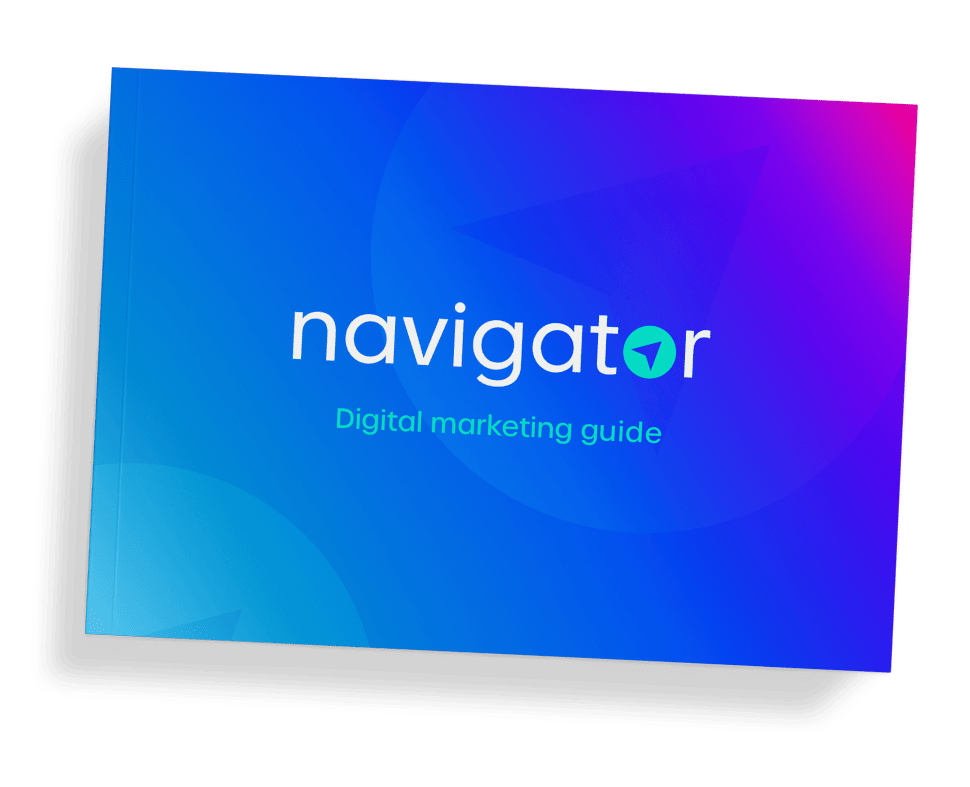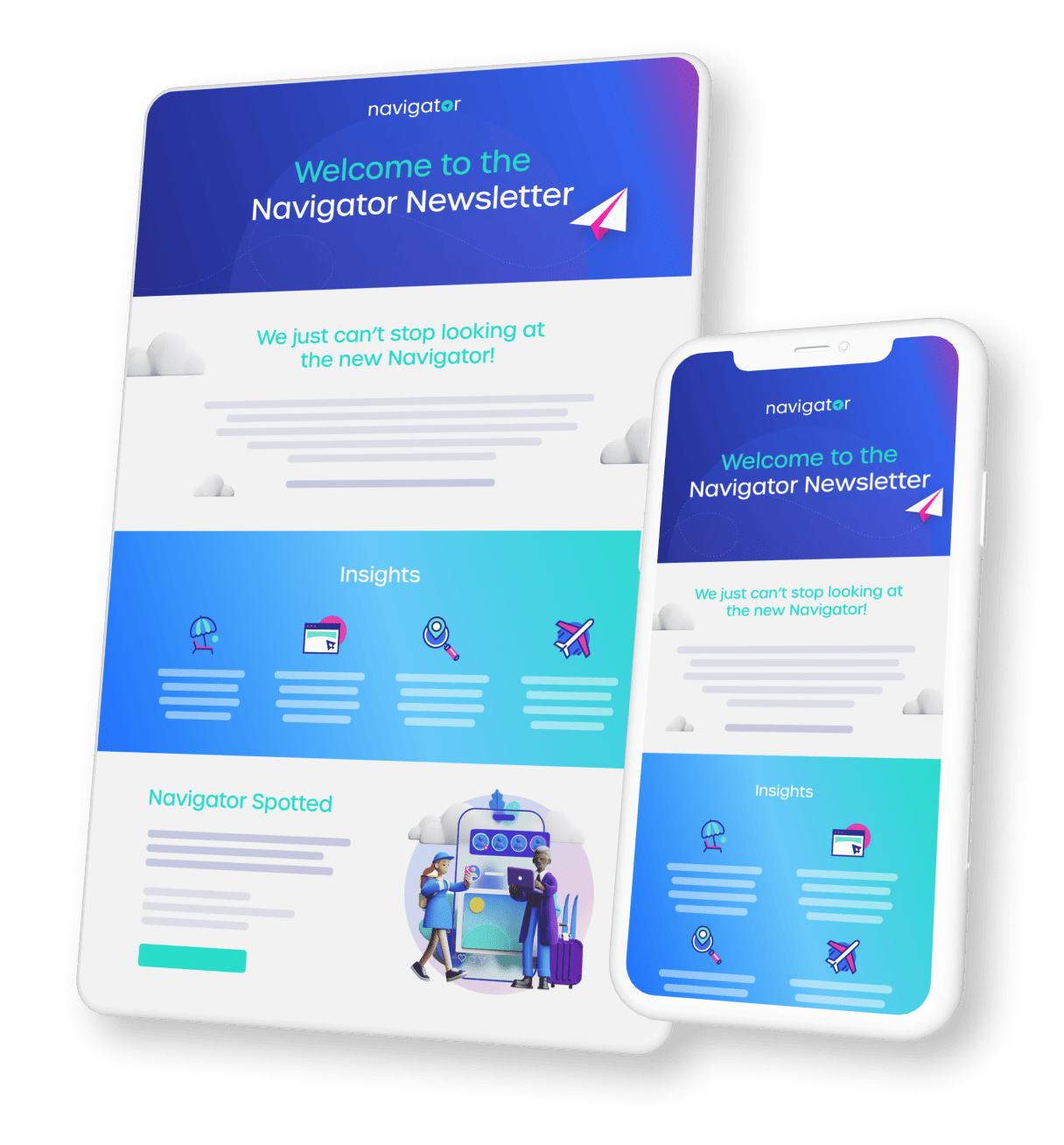26 March 2024
Tracking and Attribution- Where do we go from here?
Are you struggling with proving the return on investment of your digital marketing campaigns?
One of the biggest challenges facing digital marketeers today is the ability to effectively and accurately track and attribute the success of their digital marketing campaigns. This is known in the industry as tracking and attribution.
Tracking and attribution is the number 1 discussion point and topic we get asked about daily by our clients across every continent of the world.
Yet, it still causes a lot of concerns among digital marketeers.
So let’s address this issue and offer some guidance on how best to deal with the constraints we are all facing due to technological and privacy changes.
Exploring attribution
In 2023 $626 billion (statista) was spent on digital advertising globally.
So, it is only right that every business owner and CEO wants to know whether this investment was money well spent and what return they are getting on their marketing dollars.
Isn’t this, after all, what we were promised when the internet was born over 20 years ago? That we would know exactly what the return on investment was from our digital ad campaigns?
As I sit here and write this article I remember only too well, in the very early stages of our business, proudly jumping onto client review calls, reading out the amazing results we were achieving for them and subsequently leaving the call with the client not renewing their campaign.
‘That’s not what we are seeing our side’.
Faced with less-than-ideal client retention at the time, we embarked on a crusade to find the answer to this global problem – thinking that there had to be a solution out there and we would be the ones to find it.
Over the following 3 months, we spoke to as many industry experts and businesses as we could and even came close to buying a business based in the Netherlands that claimed to be able to accurately statistically model the return on investment you were getting from each marketing channel based on a multi touch attribution algorithm they had invented.
And then it dawned on me.
There were far smarter people who had no doubt attempted to find the answers we were trying to find and if they hadn’t come up with a solution by now then maybe we are asking a question for an answer that doesn’t exist.
Perhaps you cannot track or attribute your campaigns in the way you would like to.
Common Marketing Traps
Before I jump into what we, at Navigator, are doing about this with our clients, I want to highlight some of the most common traps lots of marketeers we are speaking to are making in their quest to make sense of it all.
- Using Google Analytics as the source of truth
- Trying to track offline conversion events via online campaigns
- Relying on last click attribution
- Not fully considering the attribution windows
- Comparing all other marketing results to what they were getting via their Google search campaigns
Using Google Analytics as the source of truth
Sadly, Google did not build Google Analytics with the noble intention of supporting any other media channel other than a Google campaign (in the same way we cannot expect Coca Cola to try and sell more Pepsi). Google Analytics is notoriously bad at tracking Meta and TikTok campaigns and with the advent of GA4, even Google themselves understand the floors in their free tracking platform.
Trying to track offline conversion events via online campaigns
If your purchase event is still predominantly offline (in person) then just because the only way to reach your potential customer is via a digital marketing campaign, this does not mean that you need to track online purchases only. For example, we work with one of the biggest Duty Free concessionaires globally and under 10% of purchases happen online vs in store. We are using other ways of showing how valuable our audiences are to them.
Relying on last click attribution
Similar to Google Analytics, this was invented by Google to encourage you to spend more money on Google Search. Our path to purchase for most products or services we buy is rarely see product, buy product. There is a consideration and research period, especially when it comes to the travel sector. A customer can end up at the counter for a large number of reasons and prioritising budgets towards last click can lead to very narrow campaigns and a loss of sales.
Not fully considering the attribution windows
This mainly applies to social campaigns. The standard attribution window is 1 day view through and 7 day click through. We get asked about turning off view through conversions and the 7 day click through window. Again, considering the path to purchase for a typical customer of yours, it may well be that your products/service will take longer than 7 days to consider buying (the more expensive it is typically the longer this period is). There is also a danger of turning off view through attribution as this limits your audience reach and we often see overall purchases decline as a result.
Comparing all other marketing results to what they were getting via their Google search campaigns
Google search (and any other search engine) is a very effective and necessary marketing channel. We cannot, currently, do without it. However, how did the customer end up ‘Googling’ your business or product/service? Because search campaigns are at the very very bottom of the marketing funnel, most other campaigns cannot compete with the results you are most likely getting. We have seen by removing mid and upper funnel marketing channels can result in less people searching for you, so then there are less people buying from you.
The real issue we are facing is the inability to now track people across digital touchpoints.
This was brought about mainly by global data regulations such as GDPR and by Apple with their iOS 14 update in 2021. Many more changes have since been introduced and later this year it is only going to get a lot harder to track and attribute when Google finally deprecate 3rd party cookies.
Whether we like it or not, this is not something we are going to be able to roll back nor is it something we are going to be able to find a workaround for.
These changes are happening whether we like it or not and it is simply going to get even harder to effectively track and attribute digital marketing campaigns.
Embracing Tracking and Attribution Tools
It is our belief at Navigator that instead of fighting these changes or implementing less than ideal workarounds, it is better to embrace them and get as close to the truth as possible.
For example, we may not like the way that the Facebook pixel tracks and attributes Meta campaigns. It can lead to inflated returns on investment and sometimes claims the success of other marketing channels just because it served someone an ad.
However, it was designed (in our view) to best attribute how we typically buy products from seeing them on our social channels and many businesses now solely rely on selling their product via social – so it must be doing something right.
There are smart actions you can take to help make the pixel tracking more accurate such as server side tracking and advanced matching.
By embracing the tracking and attribution tools which are in place (whether we like it or not) and getting as close to the source of truth as you can, can lead to an increase in sales. We are seeing this first hand with our advertising partners who are getting the visibility they need and the proof of increased sales by being able to put the right ad, in front of the right person, at the right time.
Written by Steve Rowbotham, from the Navigator Team

